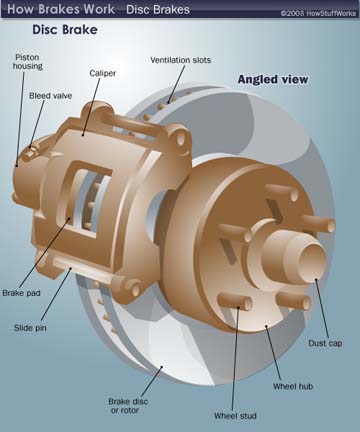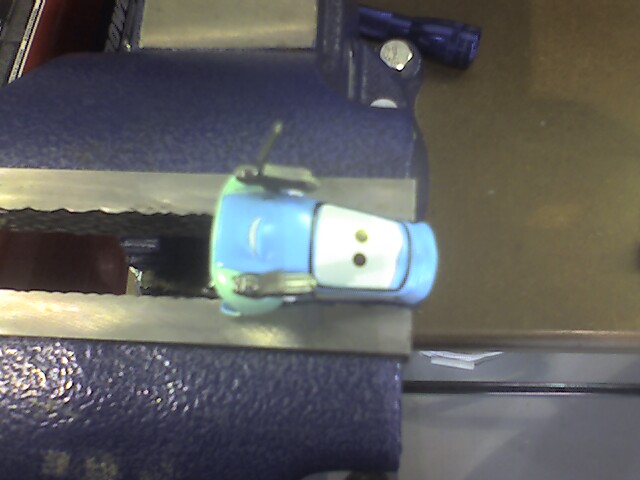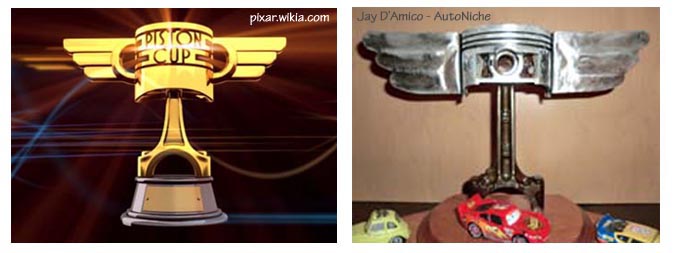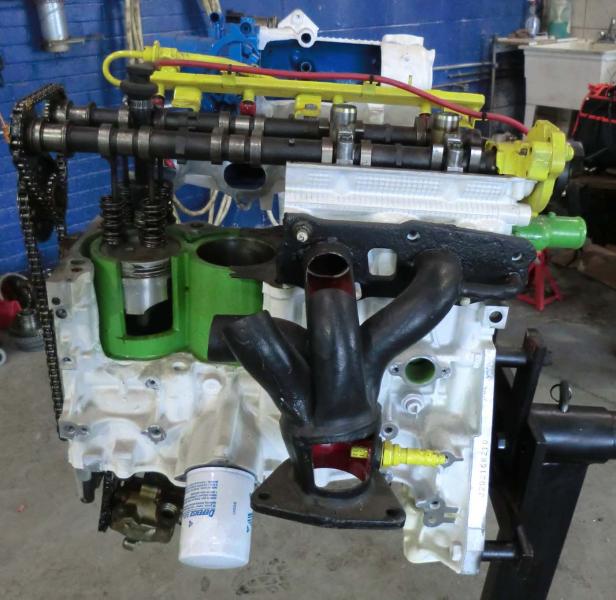
When searching for a used car, many people look at the mileage and think that low mileage means a better purchase. After all, the less a car has been driven, the less wear and tear, right?
This can be the case, but more important questions to ask are how and where the car was driven.
There are many advantages to a newer, higher mileage car including:
Less wear and tear on components
Less load on the engine
Less contamination of emission controls
A natural by-product of your engine's combustion is water. This water will mix with the oil in the engine, which will break down the lubrication qualities and create damaging acids. Vehicles that are used for longer driving periods have the advantage of maintaining the operating temperature long enough to boil and remove this moisture from the engine and exhaust system.
When you're shopping for a used vehicle, consider its mileage versus its production year. If it's an older car with very little mileage on it, chances are it was used primarily for shorter trips. If it's a newer car with lots of mileage, it's likely that the vehicle was mostly driven on the highway. Keep in mind that the average person drives about 20,000 kms per year.
Of course, you'll also want to see that the vehicle was maintained and regularly serviced. Prior to purchasing, it's always worthwhile to bring it in for a general inspection. Although it's not a crystal ball and we can't tell how worn the engine or transmission is, we can provide a sense of the vehicle's overall condition and report any foreseeable repairs in the near future. It's important to keep in mind that just because a vehicle is sold 'certified,' that simply means the vehicle passes the minimum standards of safety. It's not indicative of the amount of repairs that may currently be needed.
If you're in the market for new cars, check out Ryan Durrell's post on Affordable 2013 Cars to Watch Out For.
Image via freedigitalphotos

I can't emphasize enough how important it is to wear in your new brake materials properly-especially pads and rotors. Too much heat is a big problem for your car, and a lot of it is produced when you brake. Overheating in brakes causes many issues, including ineffective braking (it may take longer to come to a complete stop or you'll need to push harder on the brake pedal) and pulsation in brakes (due to warped rotors).
In case you wanted clarification on terminology:

Here are a few guidelines when it comes to wearing in your new brakes:
![]() Generally speaking, the break-in period for new brake pads is 300kms.
Generally speaking, the break-in period for new brake pads is 300kms.
![]() Avoid making panic or abrupt stops to 'test' the brakes. Slow and gradual stops will ensure that the brake pads seat properly. That is, the brake pads' friction material forms a good fit to the surface of the rotor.
Avoid making panic or abrupt stops to 'test' the brakes. Slow and gradual stops will ensure that the brake pads seat properly. That is, the brake pads' friction material forms a good fit to the surface of the rotor.
![]() Avoid 'riding' the brakes—a.k.a. prolonged braking—as this generates too much heat.
Avoid 'riding' the brakes—a.k.a. prolonged braking—as this generates too much heat.
![]() Please be aware that a slight squeal or squeaking noise may occur during the first 100 kms. If this persists, it should be investigated.
Please be aware that a slight squeal or squeaking noise may occur during the first 100 kms. If this persists, it should be investigated.
![]() Towing during the break-in period can damage brake pads.
Towing during the break-in period can damage brake pads.
![]() The brakes might feel/function differently. Caution should be exercised until the driver has become familiar with their operation.
The brakes might feel/function differently. Caution should be exercised until the driver has become familiar with their operation.
Too much heat is usually generated by two extremes: hard stopping and soft, prolonged stopping. Many people intuitively know the first (hard stopping). The other extreme is when someone 'rides' their brakes. They lightly brake, miles before the stop light, or they stop and slowly creep up until the light is green (or the car in front of them starts moving). In both cases, too much heat is being generated and the brakes don't have ample time to cool off.
So what is an ideal braking condition? You want to be like Goldilocks—not too hard, not too soft . . . just right. Come to a firm, complete stop and avoid being a creeper or hard braker (or heart breaker, as my son used to pronounce it). It's easier said than done. Your braking habit won't change overnight, so just keep this post in the back of your mind and next time you're driving, be aware of how you brake.
And don't get me wrong, there may be times when you need to abruptly stop! I'm not saying to avoid the extreme types of braking altogether, but when we see cars come in with premature brake wear, it's usually because of driving habit and not because of a one-off stop situation.

Having a mom (or dad) with an auto repair shop has its benefits. My two boys (ages 4 & 6) love playing with cars and we've had many pieces broken off their toy cars. They'd come running to me because they knew I fix cars at work, wanting me to repair their toys. Try explaining that it's difficult repairing plastic! Poor Guido got the vice treatment when one of his forks broke:

Sad to say but even our heavy duty glue couldn't keep Guido in one piece beyond a few weeks.
When it came time for my son's 5th birthday, I wanted to give him something really special. So I asked my lead tech, Jay, if he could fabricate our own version of the Piston Cup from Disney's Cars. Never one to turn down a challenge, Jay agreed to make the Piston Cup and even designed the podium so we could place Lightning McQueen and the rest of the gang on it. It was good timing as we had an engine lying around from an replacement we did for a client's Suzuki Aerio. It took a bit of time and planning to do... out came the piston, weld a few spots, shape and rivet sheet metal and voilà:

It was awesome! Both of our boys were so excited and it was a one-of-a-kind gift. So what did we do with the rest of the engine? Jay turned it into a mockup so we could have something to point to when explaining repairs to clients. It also came in handy when we were asked to do a webisode for Yummy Mummy TV (watch it here) where we talk with other moms about key parts of the engine.

And you can see which cylinder is missing the piston (one piston to the left with the valves, next cylinder (green) is empty—piston pulled out):

Just some of the fun that we get to do, having a repair shop and being in the trade!